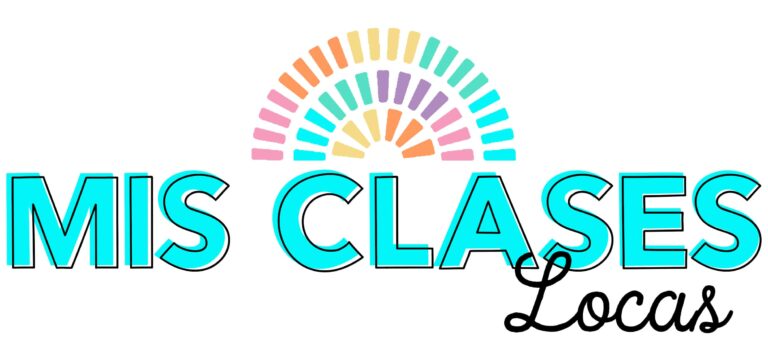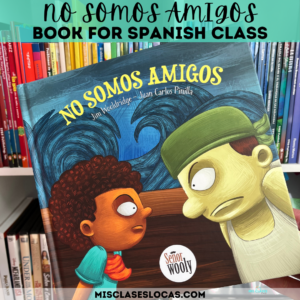Inside: Resources for teaching the Spanish novel El capibara con botas. El capibara con botas lesson plans for chapters 10, 11, 12, 13, 14 & in Spanish class. El capibara con botas assessments. El capibara con botas en la clase de español.
Author: Allison Wienhold
Originally published November 22, 2017 & most recently updated October 10, 2024.

Finishing the Book El capibara con botas
We finished El capibara con botas by Mira Canion over a month ago, but I am just getting around to blogging about the end of the book. To be honest I have been avoiding it because we did not do anything “blog-worthy” and as I get farther from finishing it, I forget what we even did :/
We completed it as the first-ever novel in Spanish 1. I went too slow to start, so by the end, it was dragging. I decided to power through the end very fast to try and end it on a positive note. This means this post will be quite short.
El capibara now has a comprehensive teacher’s guide. Also, read teaching chapters 1-4 & chapters 5-9.
If you have not yet used these 2 resources from me to supplement the novel, they both work great as sub-plans!
Chapter 10 of El Capibara con botas lesson plan
We read and discussed the chapter as a class.
To review chapters 9&10 we played the marker game with true/false statements. Or you could play 1, 2, 3, ¡SALTA! to get your class moving.
Chapter 11 & Chapter 12 of El Capibara con botas
We discussed the cultural elements below in advance and then students read the chapters and completed this fill-in-the-blank as a review. (For those who finished early, I had this jaguar reading as an extension)
Quito (ch11)
Since chapter 11 is called Quito, we did a little research as a class about Quito to be able to compare it with cities around us. We checked it out on Google maps as well.
Ciclo de agua (ch12)
Chapter 12 is another good time to bring up the water cycle and the importance of plants for the environment.
Teaching Chapters 13&14 of El Capibara con botas
Reader’s Theater
As a class we read these two chapters as a group Reader’s theater style with actors. We completed chapter 13, stopped to discuss it a bit, and then did the last chapter.
Order of Events
Students used manipulatives to order the events of the novel.
El capibara con botas Novel Review
Assessments for El Capibara con botas
During the novel, we did a reading assessment and a listening assessment.
In the end, I wanted to do interpersonal speaking and presentational writing.
Speaking Assessments
For interpersonal speaking, I typed up a bunch of general questions about the novel in Spanish. These were printed, cut out, and laminated and students used these to practice in class. My baby parrots Spanish students were not ready to create all their questions alone, so they got to draw these questions to provide support.
Updated – Use Spanish Novel Conversation Cards to support speaking practice & assessments
After practicing for a while some students could repeat questions without needing to draw one, but most appreciated that crutch. These could be used to practice in small groups, in inside/outside circles, or in assessments where a couple comes up to the teacher’s desk for a summative assessment.
Read more – Assess Spanish Speaking
Writing Assessments for El capibara con botas
For a writing assessment, students were just asked to retell the novel in Spanish. We did a practice attempt in class the day before. On the day of the assessment, students just wrote in Spanish without using any notes or the book. I was quite impressed with how much they could retell!
Read more > Writing in Spanish Class
Next semester I will teach this novel again with 8th grade exploratory. They had one quarter of Spanish last year. This novel will be the main curriculum for their nine-week class.

Updated resources & blog posts for teaching the novel El capibara con botas
Update – Pair El Capibara con botas & the Movie Encanto
Encanto would be perfect for after you finish the novel El capibara con botas.
- Encanto in Spanish class
- Encanto Movie Guide for Spanish class
- Grab a Freebie below to teach about the culture in Encanto & Intro to the characters
Amazon Affiliate Links included Affiliates & Disclaimer





